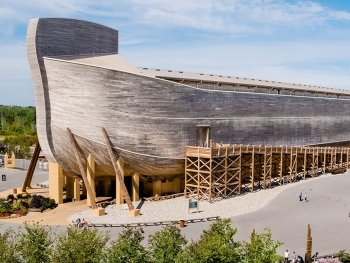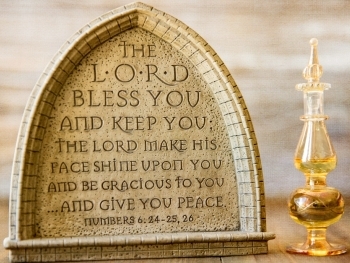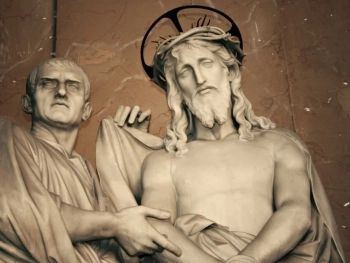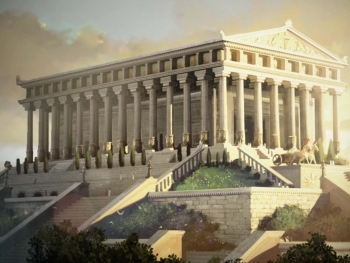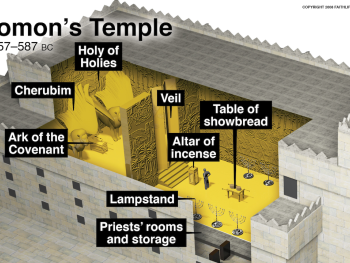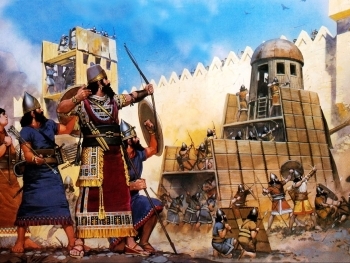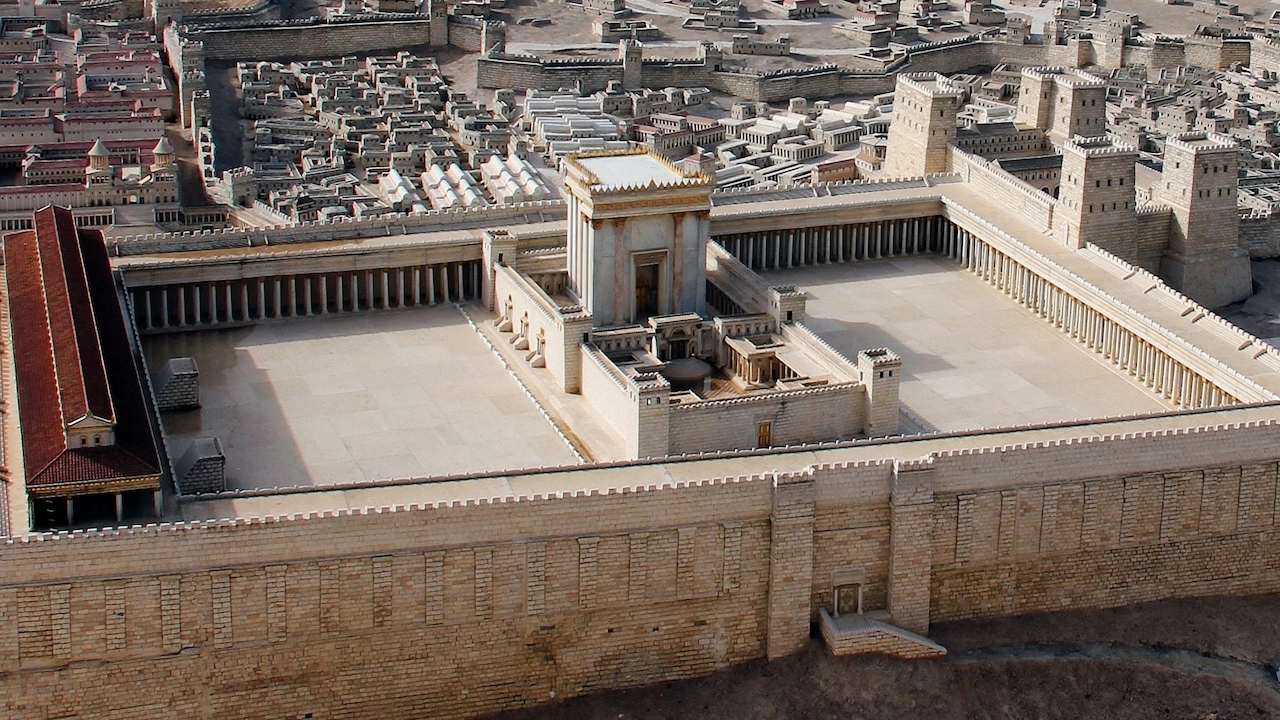
In the annals of Jewish history, Herod's Temple stands as a magnificent testament to architectural brilliance, religious devotion, and the complexities of human ambition. Built on the ruins of the First Temple, destroyed by the Babylonians in 586 BCE, Herod's Temple was an ambitious reconstruction project that sought to restore the glory of the ancient edifice and solidify Herod's position as a powerful ruler.
Herod's Vision and the Temple's Construction
Herod the Great, the ruler of Judea from 37 BCE to 4 BCE, embarked on the ambitious project of rebuilding the temple in 20 BCE. His motivation was a mix of religious devotion, desire to enhance the city of Jerusalem, and political maneuvering to solidify his position as a benevolent king.
Grandiose Structure and Architectural Features
The temple complex, which covered an area of over 35 acres, was a staggering feat of engineering and construction. It was designed to surpass the grandeur of Solomon's Temple and to reflect Herod's power and wealth. The temple complex featured a vast courtyard, a grand portico, and a magnificent sanctuary, incorporating the finest materials available, including white marble, cedarwood, and gold leaf.
The Temple's Significance and Cultural Impact
Herod's Temple served as a central religious and cultural hub for the Jewish people. It was a place of worship, sacrifice, and pilgrimage, attracting Jews from across the Roman Empire. The temple's grandeur and symbolism reinforced Jewish identity and traditions during a period of Roman rule and cultural assimilation.
The Destruction and Legacy of Herod's Temple
In 70 CE, during the First Jewish–Roman War, the Roman army under the command of Titus laid siege to Jerusalem and destroyed the temple complex. This event was a devastating blow to the Jewish people, marking the end of the Second Temple period.
Despite its destruction, Herod's Temple remains a powerful symbol of Jewish history and faith. Its grandeur and symbolism have inspired artists, architects, and writers throughout the centuries. The temple's legacy continues to resonate in contemporary Jewish life, serving as a reminder of the importance of religious devotion and cultural heritage.
Watch on YouTube

